Fly Fishing: My Wild Escape
A physically challenging activity that demands patience and skill, but also takes you deep into nature to some of the world's most beautiful places.

Being born in the Italian Alps, I had an early connection to nature at its best. Playing around in various mountain streams close to my grandma’s hometown 900m above sea level shaped my early connection to the joys of an outdoor life. Later on, I lived in countries like Kenya, Portugal, Pakistan and the Philippines where I gained my passion for traveling and exploring nature. For me, fly fishing is a combination of the two and in a busy corporate work life as a Senior Key Account Manager, I find my mental escape in it. Many of my friends, colleagues and family members could not really imagine me standing in ice-cold water, wearing wading clothes while pouring rain drops down my chin.
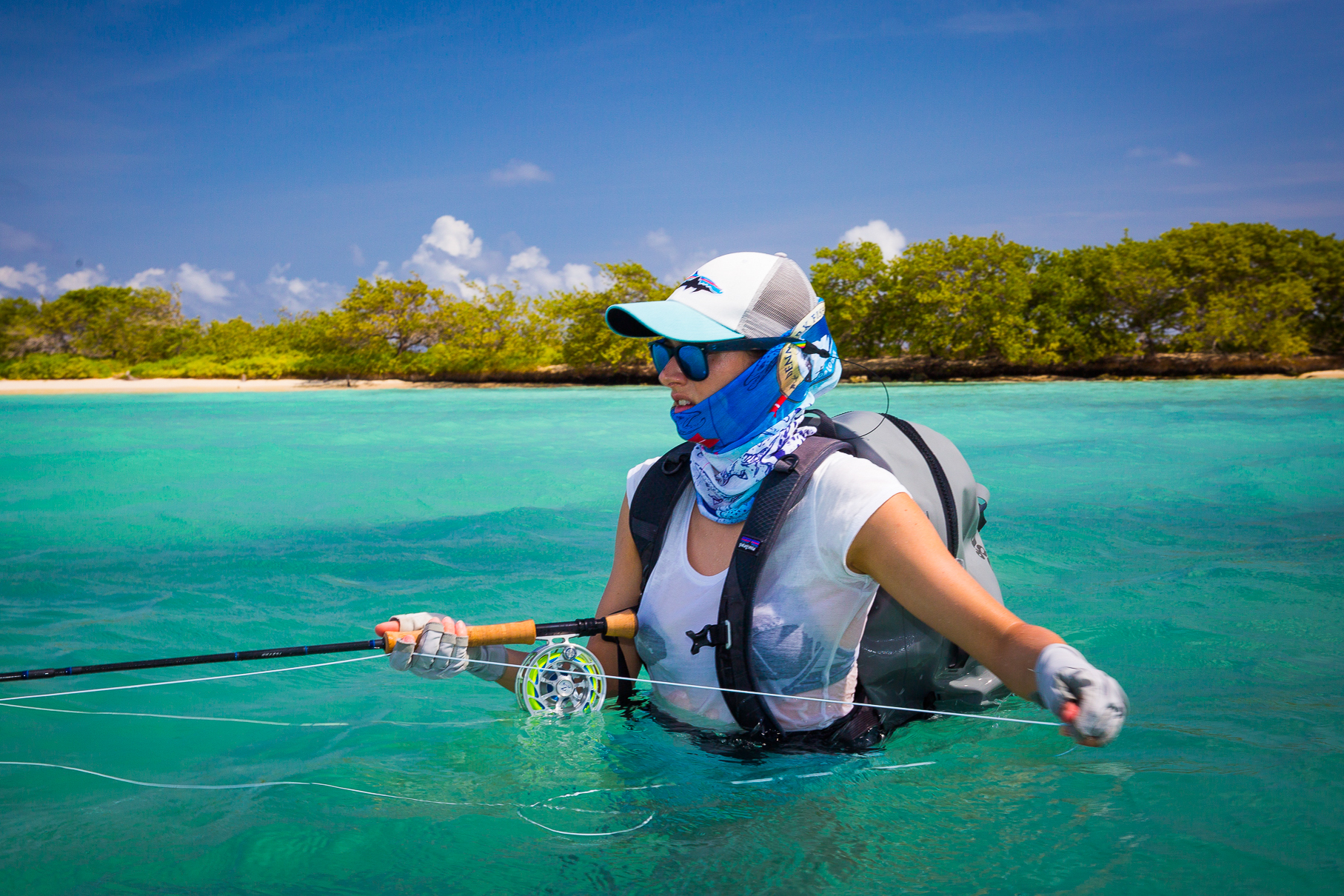
It all started a few years ago when I met Friedrich, a passionate fly fisher. He convinced me to join him on one of his trips and handed me a rod. At the beginning, I was not sure what to think about fly fishing. In the end, the uniqueness of exploring nature in this special way and the adrenaline rush while fighting a fish made me change my mind. Little by little, I started being interested in the subject and learned to love fish as fascinating creatures. Sometimes, taking a wild fish to prepare a delicious meal at home can be very special, but most of the time fish are caught and released. This is a common practice in the fly fishing scene, as many fishermen are keen on conservation and protection of the waters. Many streams are just too sensitive to take all fish caught, one can ruin a stream within years if not sustainably harvested. There are ways to handle caught fish with special care, for instance barbless hooks or rubber landing nets, in order not to harm the fish. In one of my favorite trout streams, some of the big fish have been caught several times over the years and even have been given nicknames. When handled with care, a fish is able to recover minutes after being released. We heard that once a friend caught a brown trout, released it, and caught the same fish 15 minutes later.

Fly fishing as we know it today has its origins in Great Britain. As a special form of angling, the lure within this technique is always some kind of "fly“. The traditional flies from former days in Great Britain were mainly insects, tied with hair, fur and feathers. They float on the surface of the water to imitate prey for fish species like trout and grayling. The fly itself is too light in weight to be casted with a conventional fishing rod. To cast a fly, additional weight is needed, which is integrated in the fly line - a special rod and reel setup is required. With the technological development over the past years it’s now possible to catch almost any fish species with a fly rod. Together with traditional insect flies, we nowadays have many more fly patterns, such as baitfish, crabs, shrimps or even mice. All of them follow one rule; they are tied with a variety of different materials and are always artificial lures. When I find the time, mostly off-season during long winter evenings, I tie my own flies. Tying a fly requires between 2 minutes and up to an hour, depending on the type of fly. It’s a highly technical, but creative activity, that many describe as a hobby by its own. There are hundreds of books, youtube tutorials and even courses one can learn and get inspiration from.
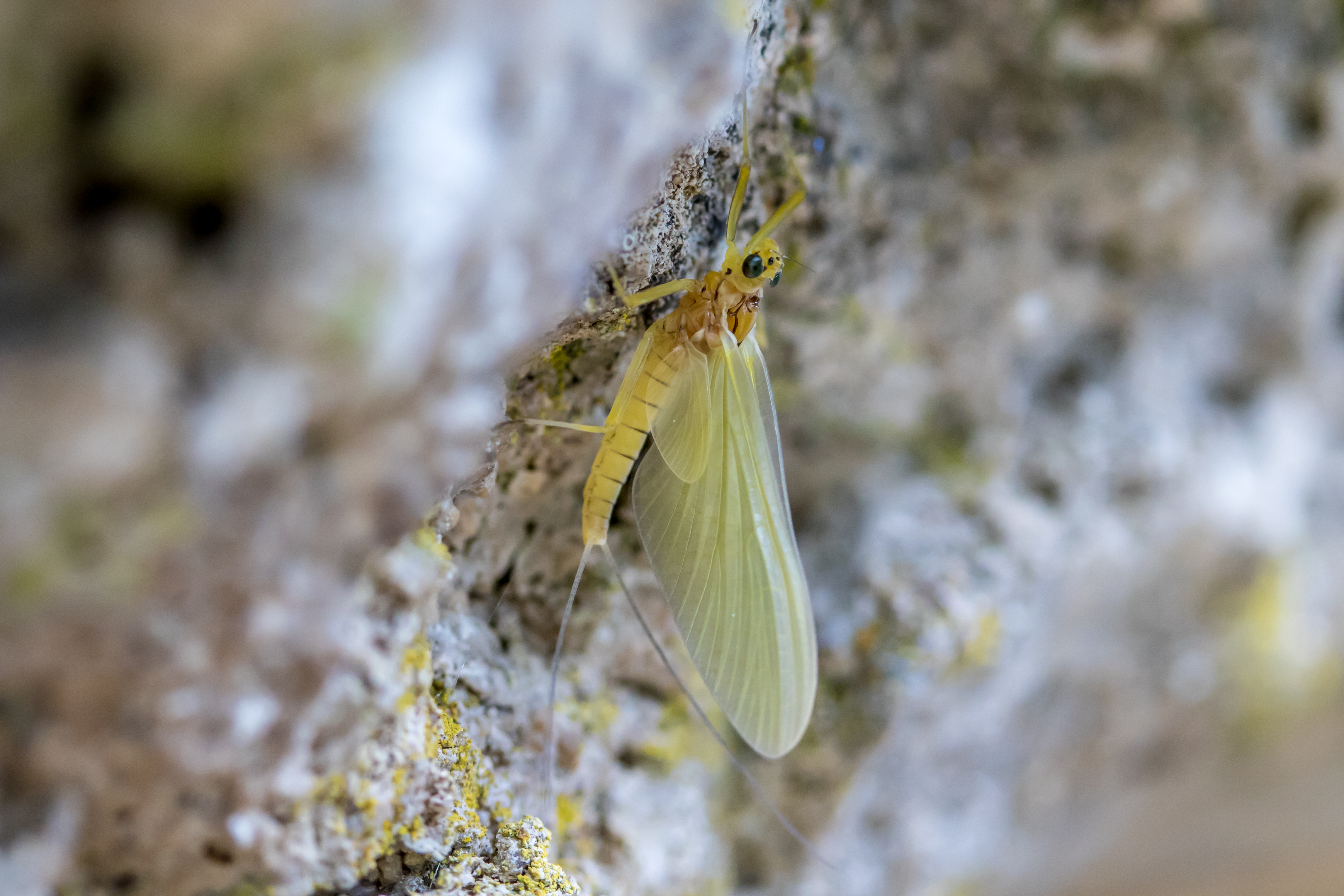
One of the challenges is to pick the right fly in the right situation. However, there is more to it than just picking the right imitation of an insect. Weather circumstances such as wind speed and directions, water and air temperatures, possible current and water speed are all factors that need to be considered at the end of the day. Different seasons require different spots and different species require different techniques. For me, the real secret in fly fishing is to understand nature and its circle of life and to act accordingly when fishing. I guess no human being is able to grasp it all, but my goal is to get a better understanding year after year. I love learning from nature, it makes you humble. For me it is a never-ending fascination – the wonders of nature.

When people are made aware of my passion, I often hear the same reaction; "What, you fish???" Yes, I do. Most people have the same perception of fishing. Sitting in a camping chair and staring onto the water for hours and hours, waiting for something to happen. That is not fly fishing, not at all. In fact, the thrill and adrenaline rush of a decent fish taking your fly is amongst the most exciting moments I have ever experienced. In addition, it seems that nobody has a clue about the activity really involved in fly fishing. There are times where I easily walk 15km in a fishing day, partly wading through water. It is not as static as people think; I am pretty sure many more people would fly fish if they knew what an exhausting workout it is. It is a combination of a well-timed cast and an accurate loop, as the fly rod curves itself in the air before the line gently touches the water. Repeating this a hundred times a day while concentrating on the hunt can be really challenging. Going home without one single fish after a three day trip can be frustrating and disappointing at times. Just like one of my guides once said: "It’s called fishing, not catching“.
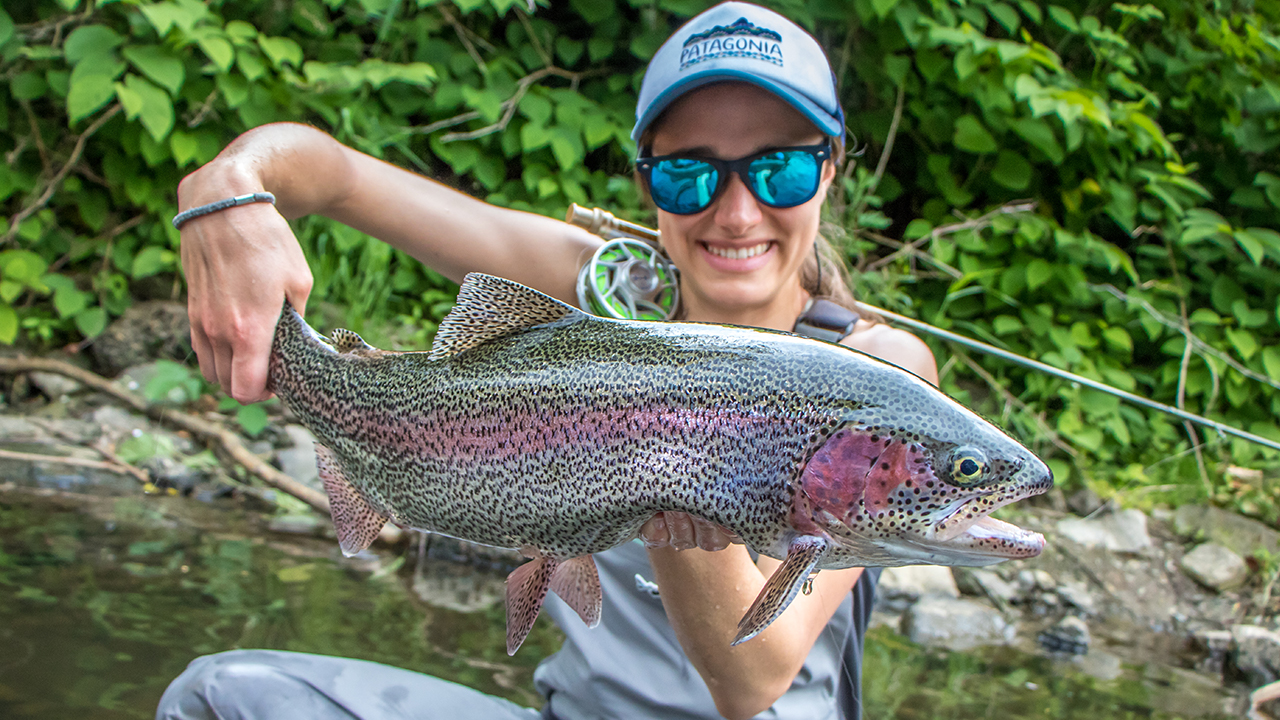
Photography is something that is strongly related with my fishing experience. It's these special moments you want to capture on camera. At first, when I started fishing, I had no experience with photography. As I joined more and more fishing trips around the world, I often had to take photos of my fellow fishing buddies and felt horrible every time I did not get the perfect shot. Sometimes, it feels like the picture of the fish is the most important thing. If you do not get the trophy shot, it’s a bit like you never caught the fish. This feeling kept me going and learning from my fishing mates. Looking at the pictures keeps my memories alive and motivates me to experience new and exciting places.
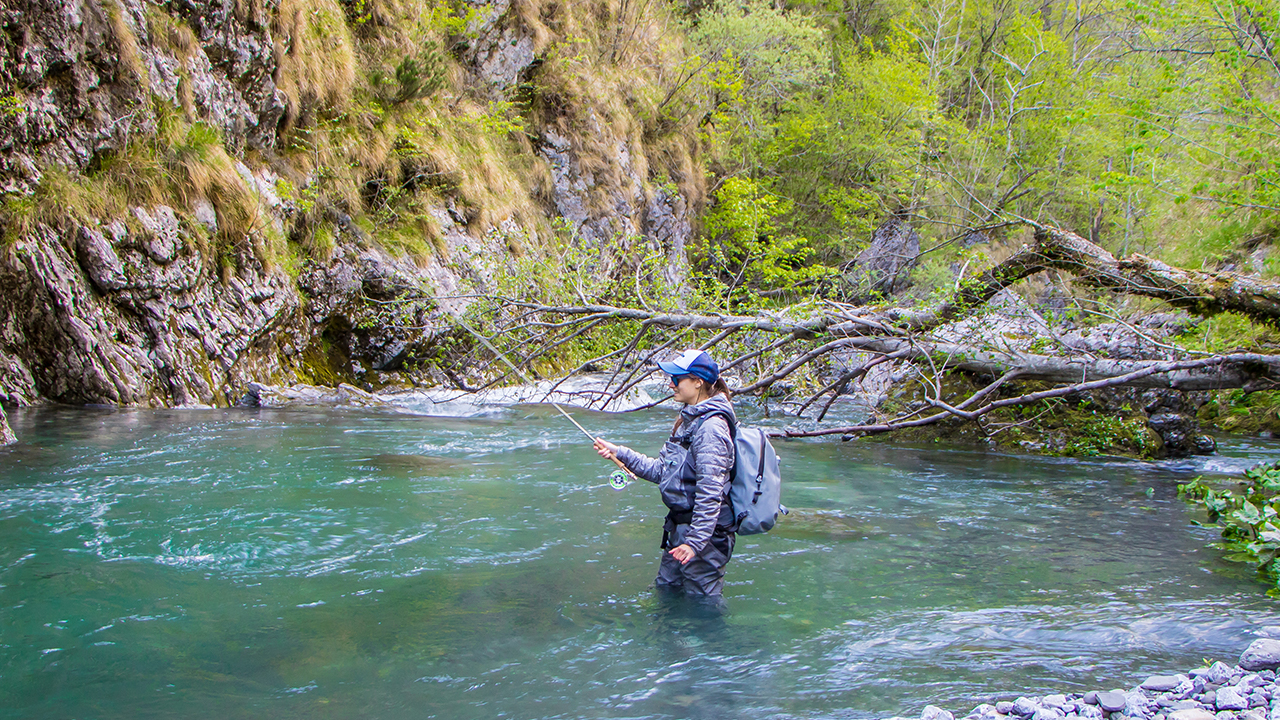
Glistening sunlight reflects on the water's surface, where insects are dancing in the late hours of the day. The trees are moving in the rhythm of the wind, there is no noise except for the current of the river. It is MAGIC. For me, this is a form of meditation. Fly fishing is about the connection with the underwater ecosystem, a way of completely disconnecting from my everyday life. Having a busy job and a fast-paced schedule during weekdays, this is my way to unwind. Thoughts of a worried mind get replaced by thrilling thoughts about my next cast, while watching the fly drift over the surface, waiting to be taken by a hungry fish.
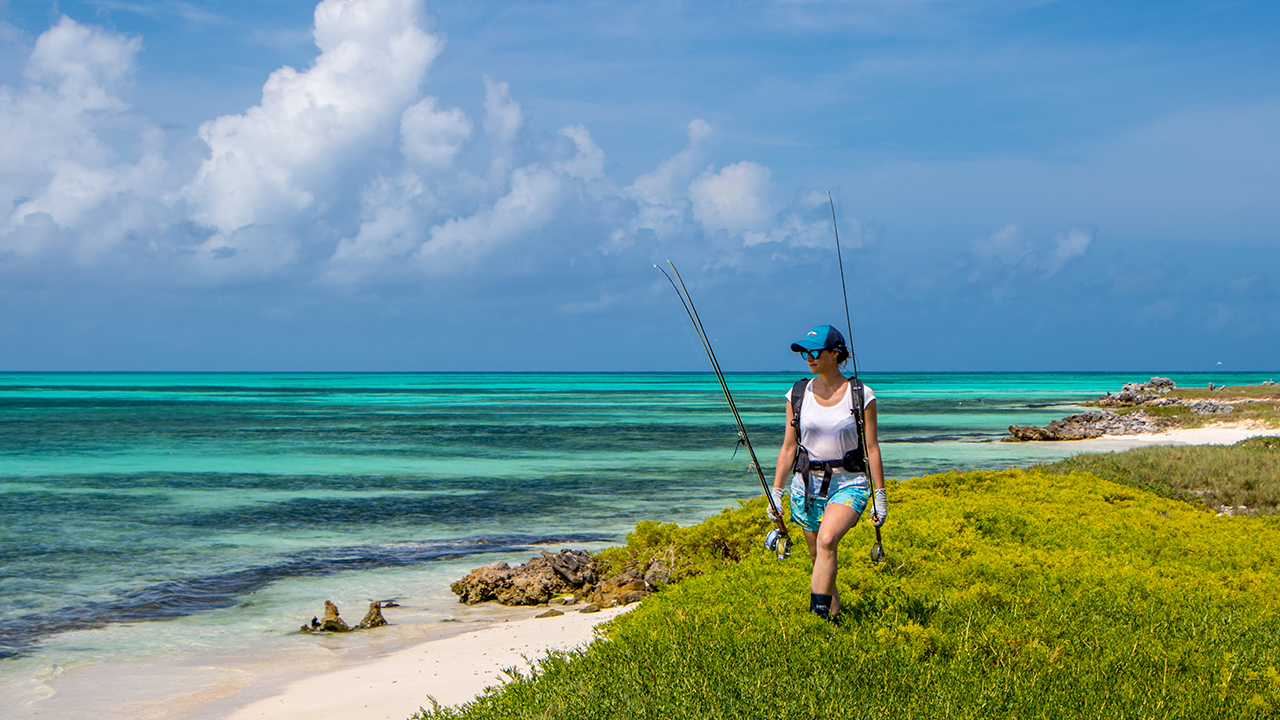
One of the most exciting aspects about fly fishing is that there are always new destinations to discover. Whether you are passionate about freshwater or saltwater fishing, or whether you want to stay in camps in remote locations or in luxurious lodges, there is a great variety of destinations you can pick from. I have always traveled to tropical destinations during my childhood, however, fly fishing made me discover some untouched hidden secrets. It is the pristine beauty of fly fishing destinations that you get to appreciate, places you would have never seen without this activity. Not only can you choose between different fish species you want to catch, but you can also expand the fishing season with a trip to saltwater destinations, for instance. Many atolls, tropical coastlines and sandy beaches offer miles of shallow water as feeding ground to various fish species. These are called "flats“ and are a prime environment for saltwater fly fishing. Flats fishing has become my favorite discipline when it comes to fly fishing abroad. There is something about the crystal-clear water when the skiff is approaching a group of tailing permit or feeding bonefish which I am fascinated about. These two species are amongst the most sought-after, as the permit is known to be one of the hardest fish to catch on a fly and bonefish are amongst the strongest fighters. It is that moment I had been anticipating for weeks and that makes the hours tying flies and flying around the globe worthwhile.
The fly fishing community can be described as something intimate. When two passionate fly fishers meet each other, there is a special connection between them from the very first second. You can talk for hours to a non-fishing person and he will not understand you. When meeting another fisherman it is different, he knows about your passion and the way you think. For most buddies I have met so far, fly fishing is not just a hobby, they almost get offended by this term. It seems to be more like a lifestyle and influences their whole way of living. For me, it is inspiring to connect to other fly fishers and learn from them. I like it when people do things with fervor.
If you got excited about fly fishing and want to give it a try, I recommend looking for a fly fishing course nearby or contacting your local fly fishing shop. The course will give you first essential introductions and hopefully a spark of passion for this wonderful activity.
In case you would like to get more inspirations about fly fishing or to get in touch with Svenja Wegfahrt, please follow her Instagram account @outoftheflybox.
Cover Photo: Summer Sunset at the German Coast: Casting a fly at the beautiful German Baltic Sea coast for sea trout. During mild summer evenings and at night, sea trouts feed at the shoreline and are more active than during daytime. By Friedrich Flach



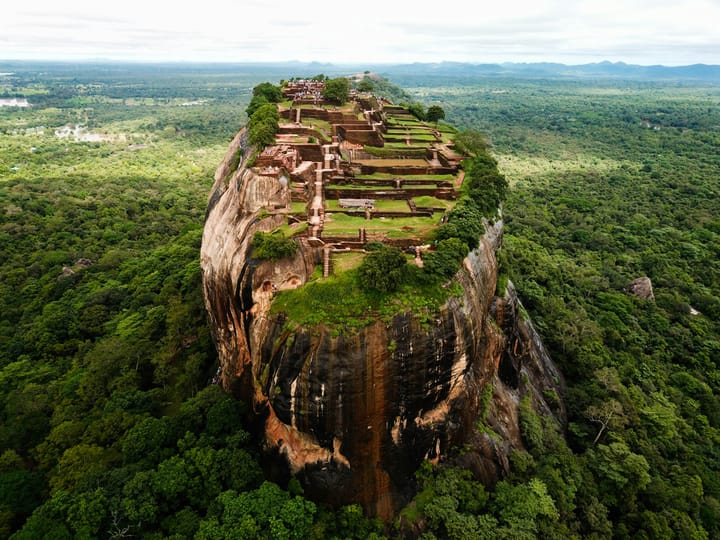

Comments ()